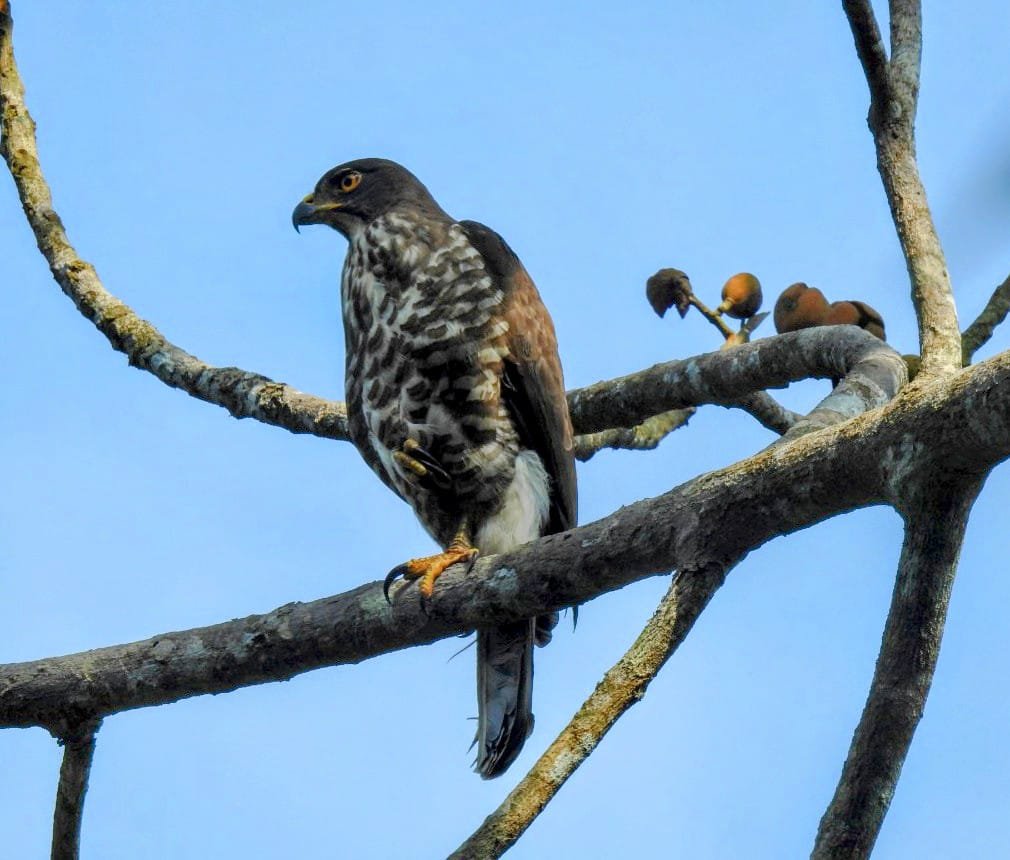The countryside and the cities / towns of Assam– are two different worlds. But both represent it’s culture in their own way. If you are exploring a lesser known countryside, like Rani village (30 kms from Guwahati) or the city of Guwahati, you should take time to see both. Both rural and urban areas have much to offer to travelers – although in very different ways. In the end, taking the time to enjoy one of them makes you appreciate the other even more. It is a good mix of both that makes traveling most enjoyable. And don’t get put off by other people’s opinions about places, you have to go and see for yourself.

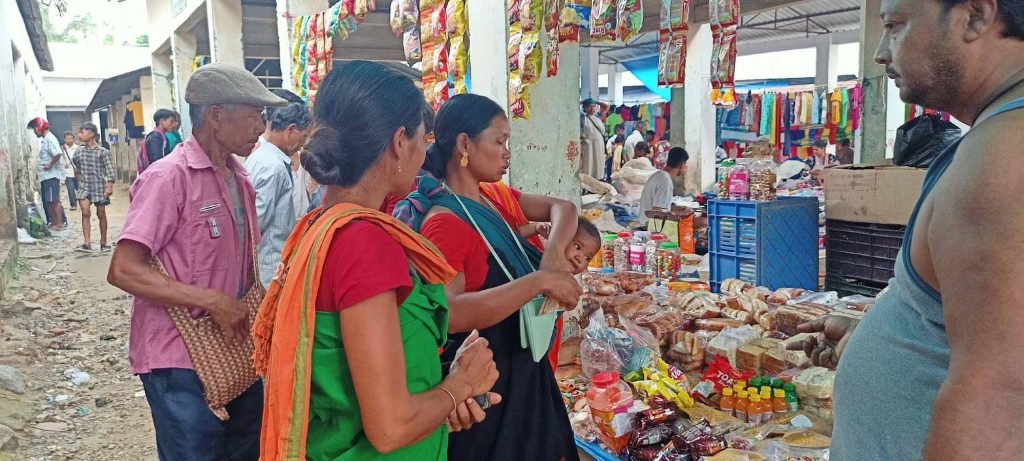

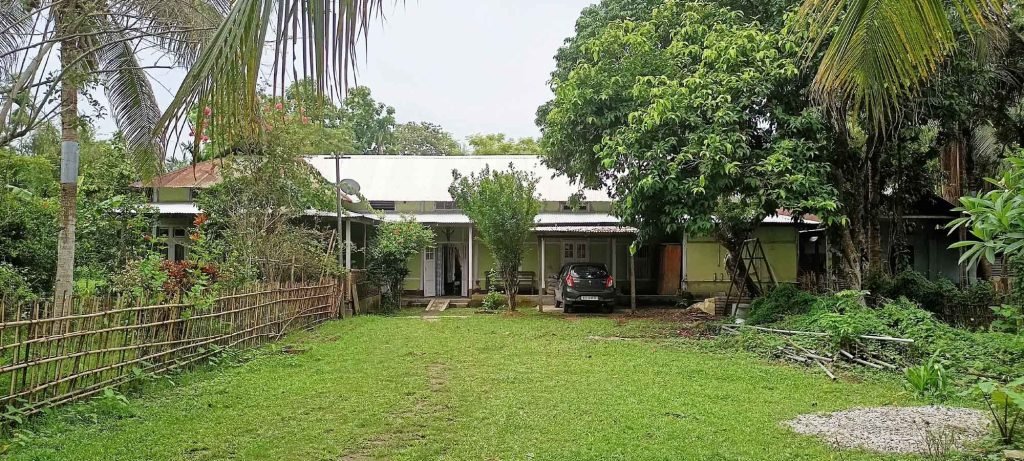
Markets of special kind can usually be found in weekly markets only. Villagers from Assam & Meghalaya walk across difficult terrain for about two hours or more to Kopili Picnic spot & then reach the bi-weekly market of Rani Tinali, , (Mondays main market day) to sell the forest produce like bananas, beetle nuts, gingers etc., that they collect from near their home. With Rs.200/- or so they earn by selling these items, they walk back again for 2 hours or more after buying oil, soap, salt etc.. About 15 kms away is the Amranga village, where ancestral house of Late Smt. Indira Goswami (known by her pen name Mamoni Raisom Goswami and popularly as Mamoni Baideo), a celebrated writer of contemporary Indian literature, many of her works have been translated into English from her native Assamese which include The Moth Eaten Howdah of the Tusker, Pages Stained With Blood and The Man from Chinnamasta. She was the winner of the Sahitya Akademi Award (1983), the Jnanpith Award (2000) and Principal Prince Claus Laureate (2008). Adajya, a film (1996), based on Indira Goswami’s novel ‘Dontal Haatir Uiye Khuwa Haoda’ and directed by Dr. Santwana Bardoloi, won National award and was shot at her ancestral house at Amranga village near Rani. About 4 kms away is Bholagaon-Patgaon Bormokam, lesser known Dargah Sharif is also situated.


About 6 kms from Rani located the Vulture Conservation Breeding Centre which is a joint project of the Bombay Natural History Society (BHNS) and the Assam Forest Department to save the two species of vultures, the Oriental white-backed and the Slender-billed, from looming extinction and the colony aviary is equipped with CCTV camera for monitoring and recording vulture behavior, and 30 kms away is the Chandubi , an unique countryside with very scenic and picturesque lake in the lap of the nature, with options of boat rides or just laze around on the banks to soak in the abundance of nature or amazing trekking trails, tea gardens and distinct villages.
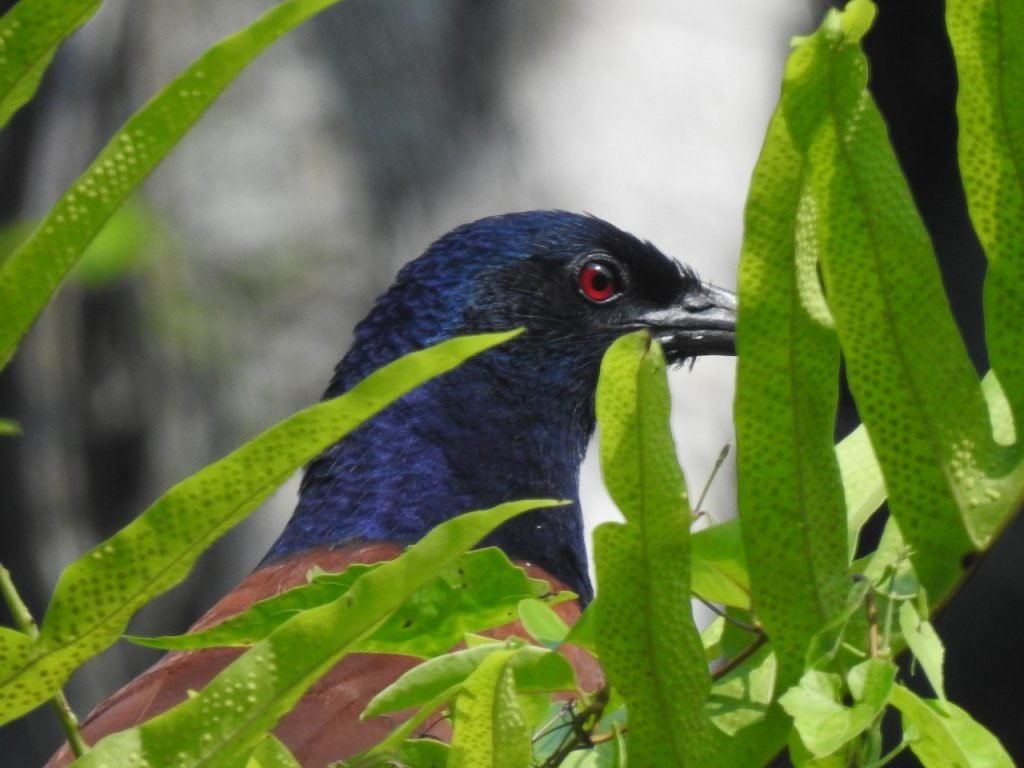

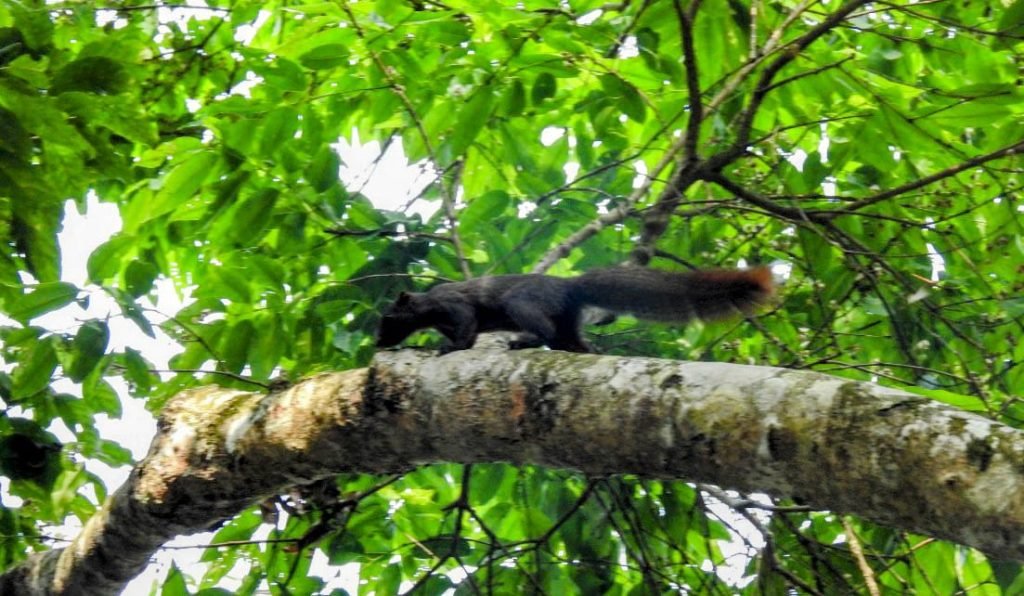
Jewel in the crown is Garbhanga Reserve Forest (Rani-Garbhanga Reserve Forest). For management purposes, the reserved is divided into two ranges – the Garbhanga range , adjacent to Guwahati and Rani range, near Rani. Garbhanga Reserve Forest (GRF) is a hilly area, the forest borders on the eastern and northern side by Meghalaya hilly ranges, western side by Rani Reserve forest and Southern side by Guwahati city. Gurgling streams and myriad birdsong weave magic in Assam’s Garbhanga Reserve Forest, home to species like Blue-naped pitta, Hooded-pitta, Oriental Honey-buzzard, Large scimitar babbler, Oriental Dwarf Kingfisher including Holoock Gibbon and other wild animals.. GRF is also very rich in butterfly diversity , it’s a great opportunity for amateurs/youngsters to start learning about butterflies & birds accompanied with naturalists and birding guide.

